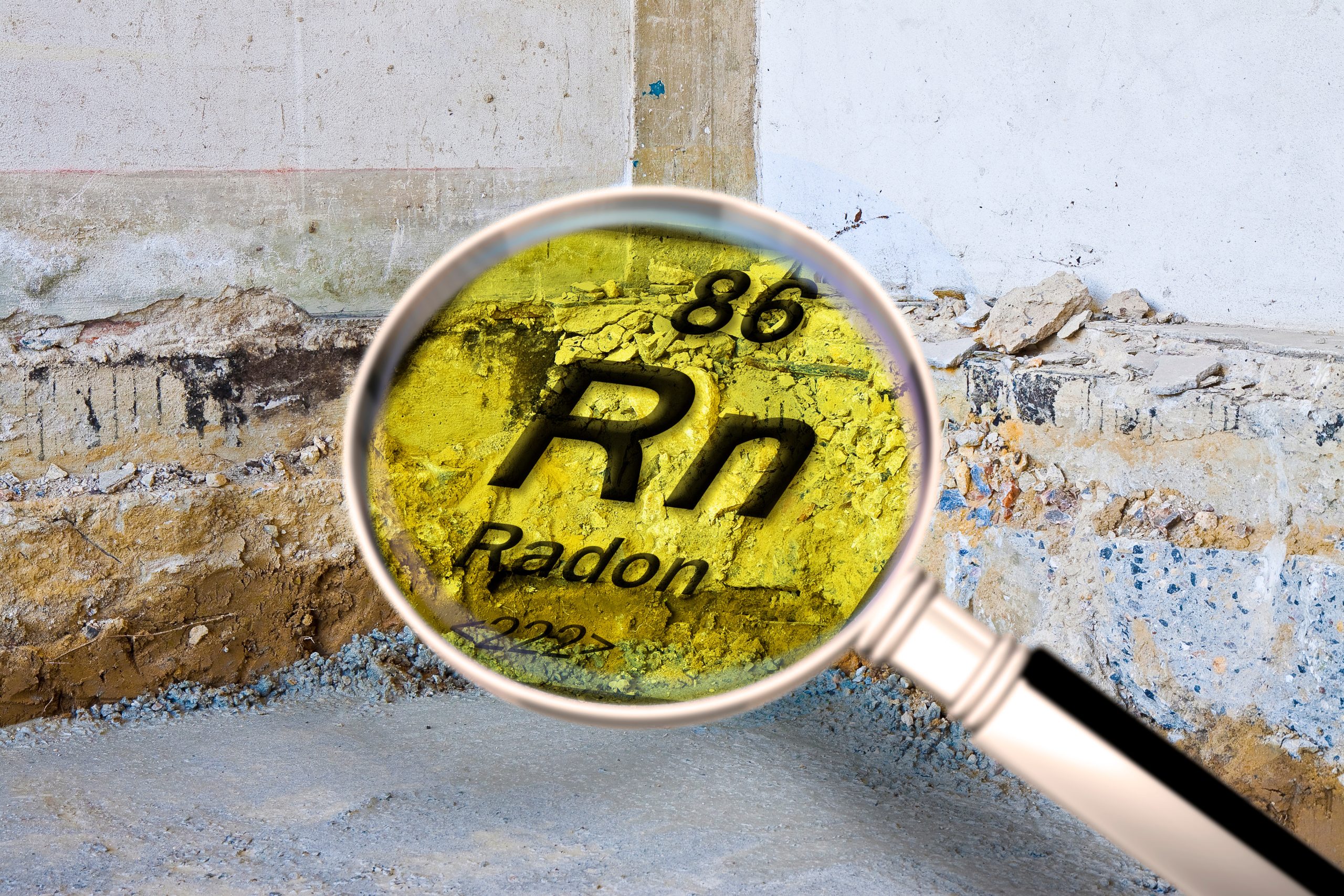
Radon is the second leading cause of lung cancer after smoking — and Coloradans face a greater risk than the average American. Half of houses in Boulder County have unhealthy radon levels, compared to an average of 6% nationally, according to Boulder County Public Health (BCPH).
But unlike many of the environmental hazards we face today, the conditions that created elevated radon levels are naturally occurring and existed far before humans roamed the earth.
Radon is an odorless, tasteless gas that is released as uranium decays in bedrock and soil. Most of what’s exposed in the mountains of Colorado is granite, formed from magma and rich in uranium, says Lang Farmer, a radiogenic isotope geochemist in CU Boulder’s department of geology.
“All of Long’s Peak is granite, all up Boulder Creek is a bunch of granite. It’s all 1.7- to 1.4-billion-year-old granite rock. So they’re old, but they’re chock-a-block with uranium,” Farmer says. “So any place around the world where you’re sitting on bedrock that has broad tracts of Precambrian granites like these, there’s just a lot of uranium.”
Farmer says it’s a “double whammy” in Colorado because much of the exposed rock east of the Rocky Mountain front is younger sedimentary rock formed from eroded granite in the state along with organic matter that “sucks up uranium.”
Many houses in the state are built on top of that uranium-rich bedrock and soil.
“What happens is the gas gets drawn into homes through cracks and gaps around plumbing, penetrations in the foundation and from soils in the crawl spaces,” says Patty Dooley-Strappelli, an environmental health specialist with Boulder County Public Health. “It can reach concentrations that increase the potential for developing lung cancer because it’s a radioactive gas and emits these radioactive particles that are floating around in the air.”
Lung cancer screenings aren’t as routine as those for cancers like prostate and breast, and you may have to have a history of smoking for insurance to cover a CT scan for lung cancer. Public health officials are working to change that, Dooley-Strappelli says.
The good news? Radon mitigation is fairly simple, she says.
Testing for radon typically consists of placing a charcoal-based test kit that absorbs radioactive material in your house for less than a week. Then the kit is sent to an accredited laboratory. Winter is a good time to test for the gas since windows should be kept closed during the test.
Those tests are available for free from the state, from sosradon.org/purchase-kits for $17 or from stores like Home Depot for under $10.
The Environmental Protection Agency (EPA) defines elevated levels as anything 4.0 pCi/L or greater. Living in a home with that level is equivalent to smoking eight cigarettes a day, according to BCPH.
If elevated radon is detected, households can install a mitigation system that’s “kind of like a giant vacuum that sucks out the soil gas from underneath the foundation and sends it out and away from the house.”
For renters, if elevated levels are discovered and the landlord fails to mitigate it, the tenant has a right to terminate their lease, which is mandated in Senate Bill 23-206, passed in 2023.
Those systems typically can be installed with half a day’s work and cost around $1,200, according to Dooley-Strappelli, but a state program fully reimburses mitigation systems for income-qualifying households. In Boulder County, a one-person household with an annual income of $66,700 qualifies for the program. For a two-person household, the limit is $76,200. A full table of income limits and more information on the program can be found here.
Mitigation systems typically last about 15 years, but it’s still a good idea to test every few years, Dooley-Strappelli says.
“It’s really easy to test for, and it’s easy to fix,” she says. “There’s a simple solution to bring the level down, and levels can always be reduced.”
Have a question you want us to answer in our Weekly Why column? Email us at [email protected] with “Weekly Why” in the subject line.
